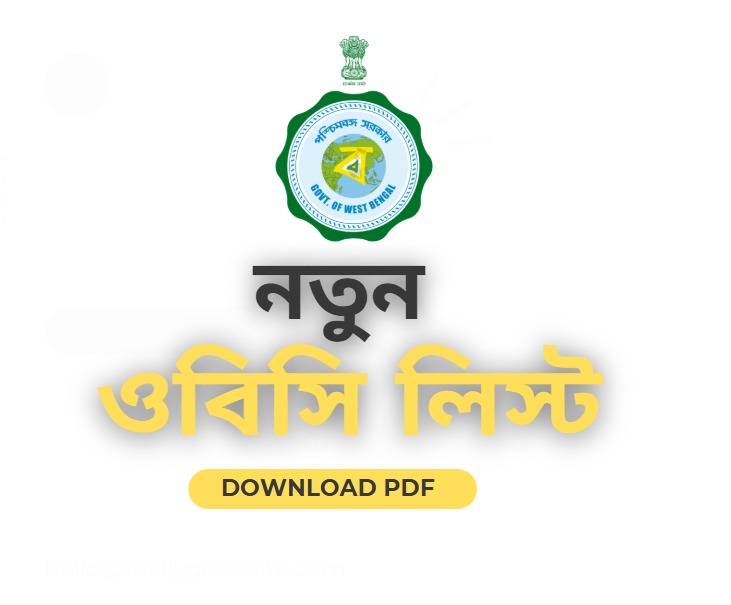The Pradhan Mantri Matru Vandana Yojana (PMMVY) is a maternity benefit program in India that provides financial assistance to pregnant and lactating women to improve their health and nutrition and to ensure that they have access to health services during pregnancy and childbirth. The program is implemented through the Ministry of Women and Child Development and is funded by the Government of India.
Under the PMMVY, eligible women receive a cash benefit of Rs 5,000 (approximately $68) in three installments: Rs 1,000 ($14) after the first trimester of pregnancy, Rs 2,000 ($27) after the child’s birth, and Rs 2,000 ($27) after the child is six months old. The program is targeted at women in the poorest and most vulnerable families, with a focus on improving the health and wellbeing of the mother and the child.
To be eligible for the PMMVY, women must be pregnant or lactating and must have a valid institutional delivery certificate. The program is available to all women in India, except those who are already receiving benefits under other similar programs.
The PMMVY aims to reduce maternal and newborn mortality rates and to improve the health and nutrition of pregnant and lactating women in India. The program provides financial assistance to cover the costs of healthcare and nutrition during pregnancy and childbirth, and it also provides information and support to help women access the healthcare services they need. By providing support and financial assistance to pregnant and lactating women, the PMMVY aims to improve the health and wellbeing of mothers and children in India.
Here are some frequently asked questions about the Pradhan Mantri Matru Vandana Yojana (PMMVY) scheme:
Who is eligible for the PMMVY?
To be eligible for the PMMVY, women must be pregnant or lactating and must have a valid institutional delivery certificate. The program is available to all women in India, except those who are already receiving benefits under other similar programs.
2. How much financial assistance is provided under the PMMVY?
Under the PMMVY, eligible women receive a cash benefit of Rs 5,000 (approximately $68) in three installments: Rs 1,000 ($14) after the first trimester of pregnancy, Rs 2,000 ($27) after the child’s birth, and Rs 2,000 ($27) after the child is six months old.
3. How can women apply for the PMMVY?
Women can apply for the PMMVY at a PMMVY service center, through an ICDS worker, or online through the PMMVY portal. To apply, women will need to provide proof of their pregnancy or lactation status and their institutional delivery certificate, as well as other documents such as proof of identity, proof of residence, and proof of income.
4. What is the goal of the PMMVY?
The goal of the PMMVY is to reduce maternal and newborn mortality rates and to improve the health and nutrition of pregnant and lactating women in India. The program provides financial assistance to cover the costs of healthcare and nutrition during pregnancy and childbirth, and it also provides information and support to help women access the healthcare services they need.
5. How is the PMMVY funded?
The PMMVY is funded by the Government of India and is implemented through the Ministry of Women and Child Development.
6. Are there any other programs like the PMMVY in India?
Yes, there are several other programs in India that aim to improve the health and wellbeing of women and children. For example, the Janani Suraksha Yojana (JSY) provides financial assistance to women for institutional deliveries and post-partum care, and the Integrated Child Development Services (ICDS) provides a range of services including health check-ups, immunizations, and nutrition support to children under the age of six and their mothers.
7. How can the PMMVY help to improve the health and wellbeing of women and children in India?
By providing financial assistance and support to pregnant and lactating women, the PMMVY can help to reduce maternal and newborn mortality rates and improve the health and nutrition of pregnant and lactating women. This, in turn, can help to create a healthier and more sustainable future for all of India’s citizens.
